Share

Plant Doctor Jon Bruyn’s Tricks for Water-wise Lawn Care
What Does Water-wise Mean?
Being water-wise means you are working with your local environment and its water restrictions, by being environmentally sound with your water use. Water-wise gardening involves water-conserving practices that range from what types of plants and trees you use, to what types of water systems you have in your yard or garden.
Why is Water-wise Lawn Care Important?
Water conservation is an economically and environmentally sound decision. Nationwide, outdoor irrigation is estimated to make up about 1/3 of all residential water use, totaling to nearly 9 billion gallons a day. According to the EPA, as much as 50% of that water used for outdoor irrigation can be lost due to inefficient watering methods and systems. According to the National Resources Conservation Service, lawn irrigation accounts for nearly half of a homeowner’s outdoor water usage and many homeowners irrigate too often and for too short of a period which results in inefficient water usage and waste.
In our drier, high desert environment, water conservation is key to the health of our lives and our community. Making even small water-wise decisions in our garden can help protect the Truckee River Watershed and save you money on your monthly water bill.
How to Save Water with your Lawn
We spoke with Plant Doctor, Jon Bruyn, to understand what choices we can make to conserve water on our lawn, and here were some of his tips!
- Water less often and deeper!
- Feed Your Soil! Fertilizer promotes healthier soil which retains water better. We suggest using G&B Organics Lawn Fertilizer. It is a slow-release formula that helps keep your lawn looking green and thick while slowly absorbing into your lawn with your regular watering schedule, unlike other fertilizers that may require you to increase your watering. Plant Doctor Tip: Jon recommends using a 1/2 dosage, twice as often to cut down your lawn’s water needs.
- Iron also makes your lawn green and reduces the need for fertilizer. We suggest using Encap’s Fast Acting Iron.
Fixing Dry Spots
Despite all of your fertilizing and care, sometimes dry spots (yellow spots) will appear. This is usually due to a sprinkler issue, make sure to check your sprinklers at least once a month to make sure they are all working properly. Simply reseeding or adding extra water to your dry area may work but it will take time and that’s not water-wise! A simpler solution is using a wetting agent or surfactant. A wetting agent is a solution that mixes into your soil and helps water absorb more easily. For lawn care specifically, we suggest using G&B Organics Organic Grass Saver, it is all-natural and it helps the dry soil reabsorb water more efficiently and repair the dry area.
See Jon’s Full Video Here
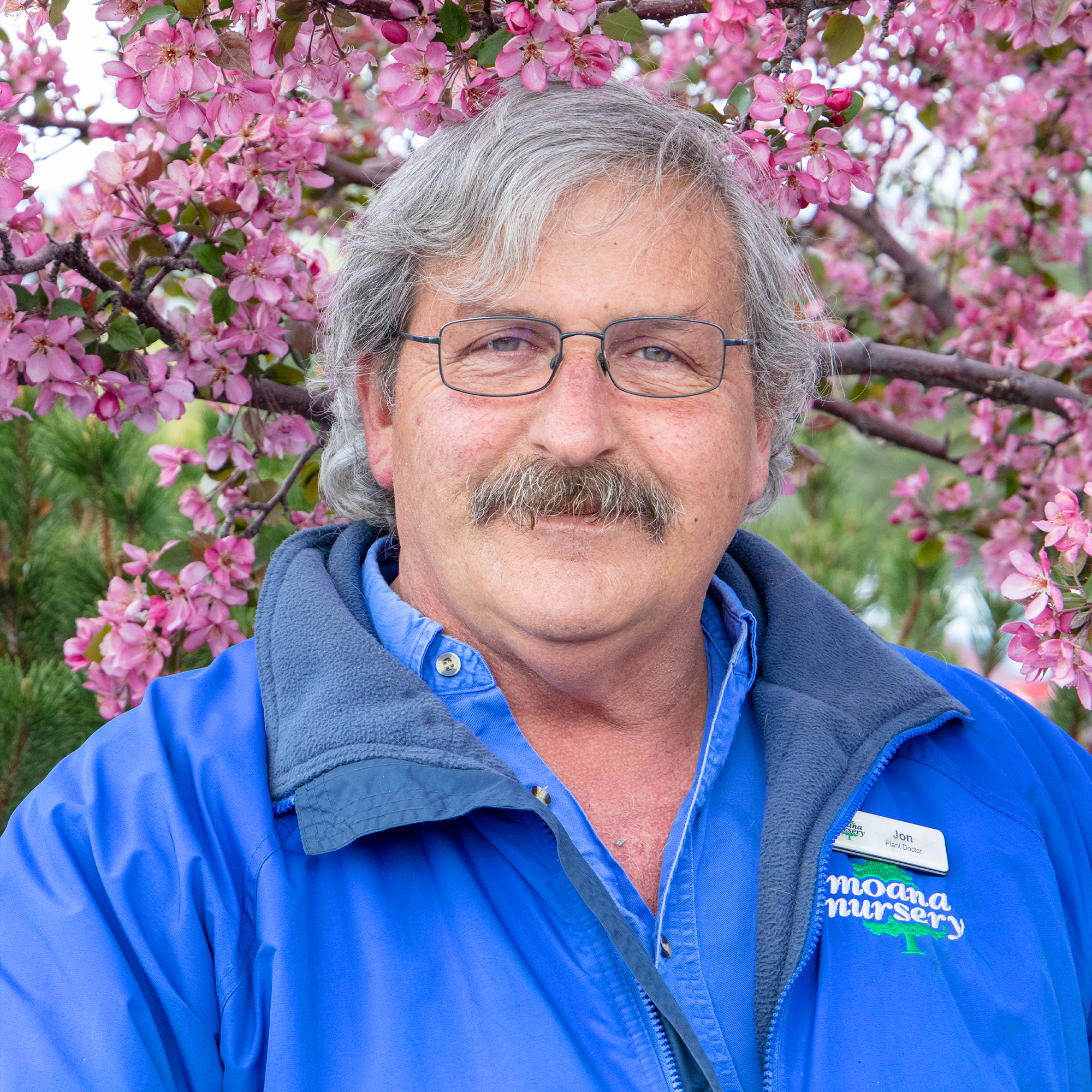
If you have any questions, stop by any one of our three Moana Nursery garden centers or contact us online.
Share
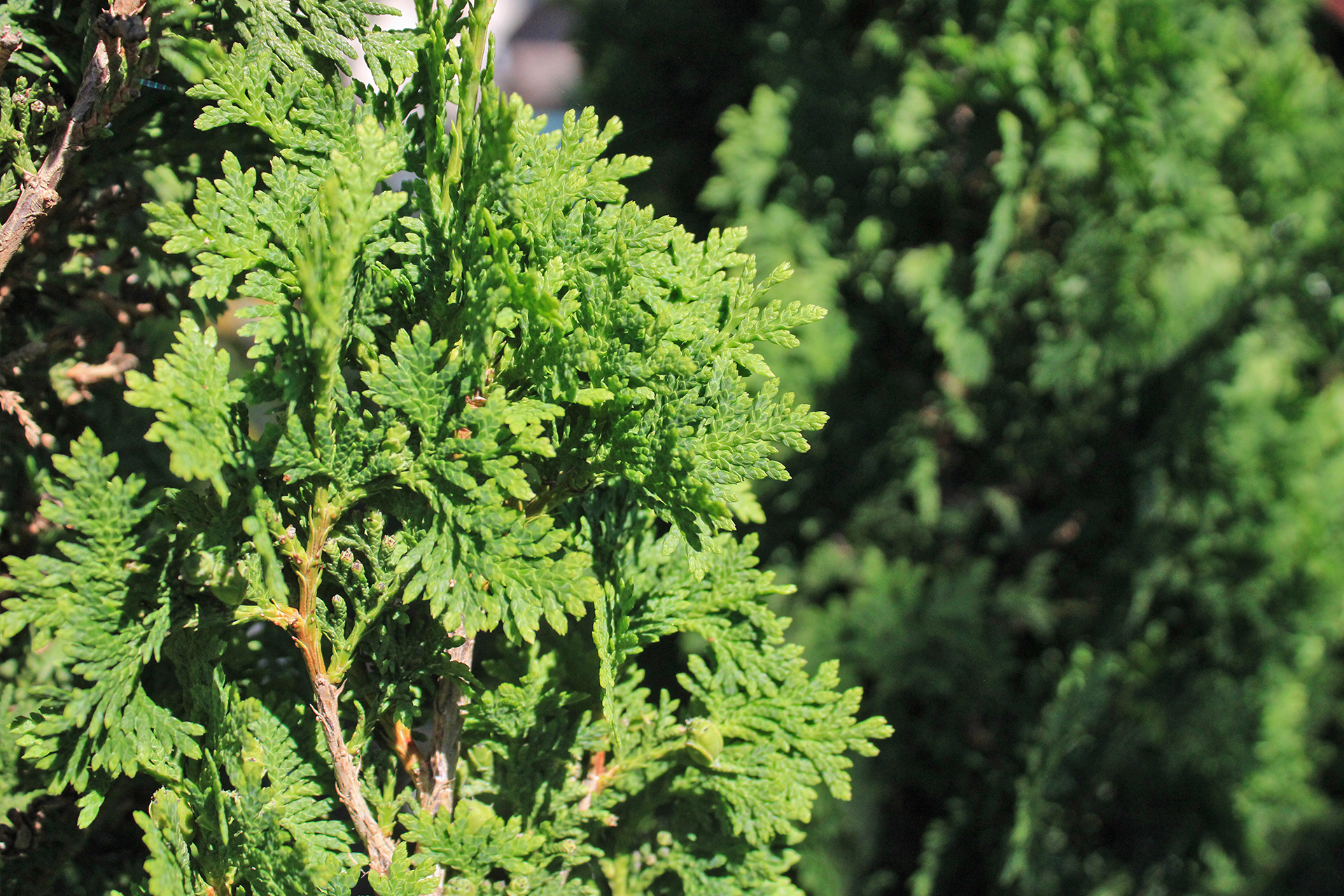
Regular care and preventative measures can keep your evergreens healthy and vibrant through the winter months.
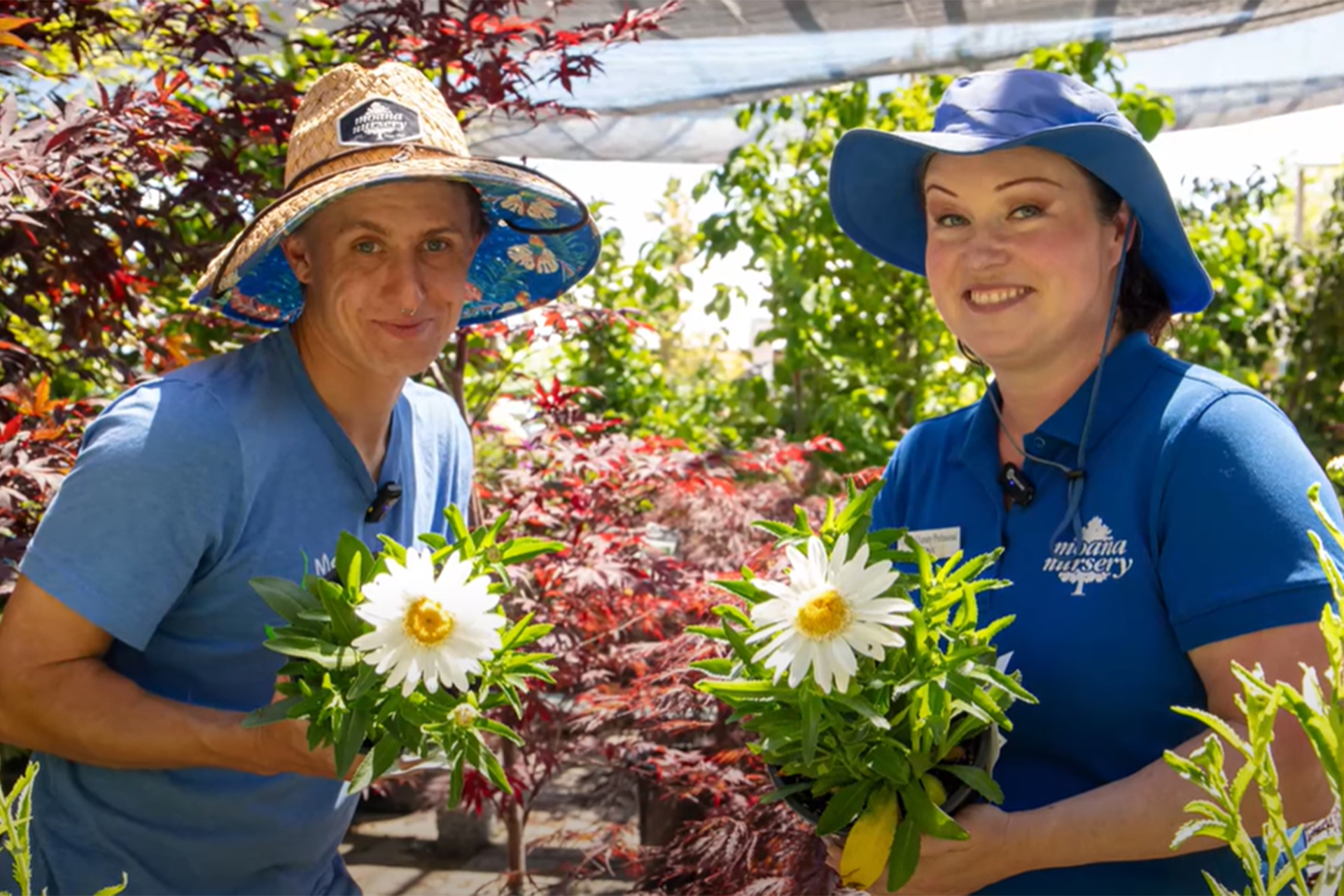
Shasta daisies are a testament to the beauty and resilience that can flourish in the high desert, enhance your garden with their elegance.
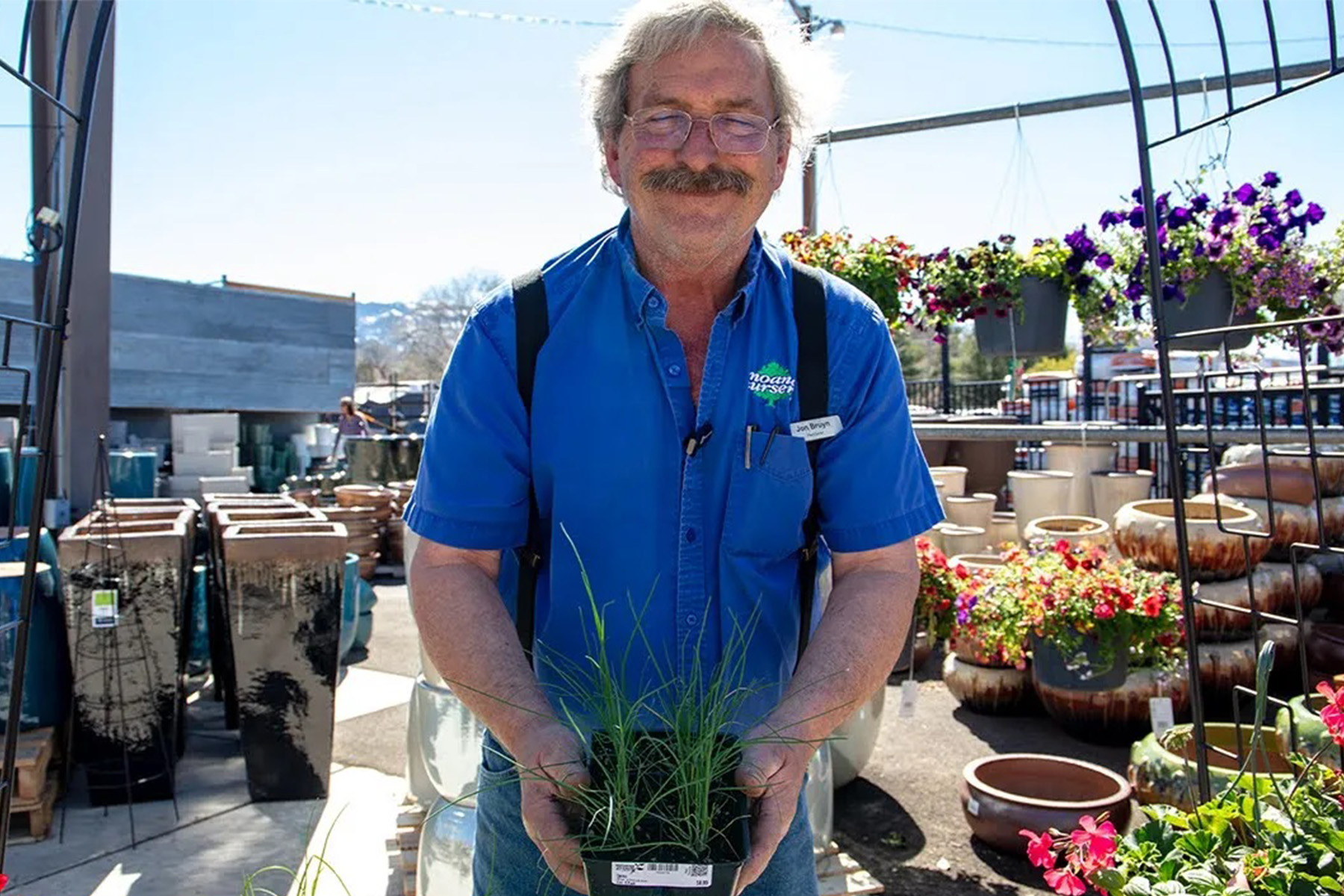
In a world filled with artificial flavors and processed foods, cultivating your own herb garden offers a return to authenticity.
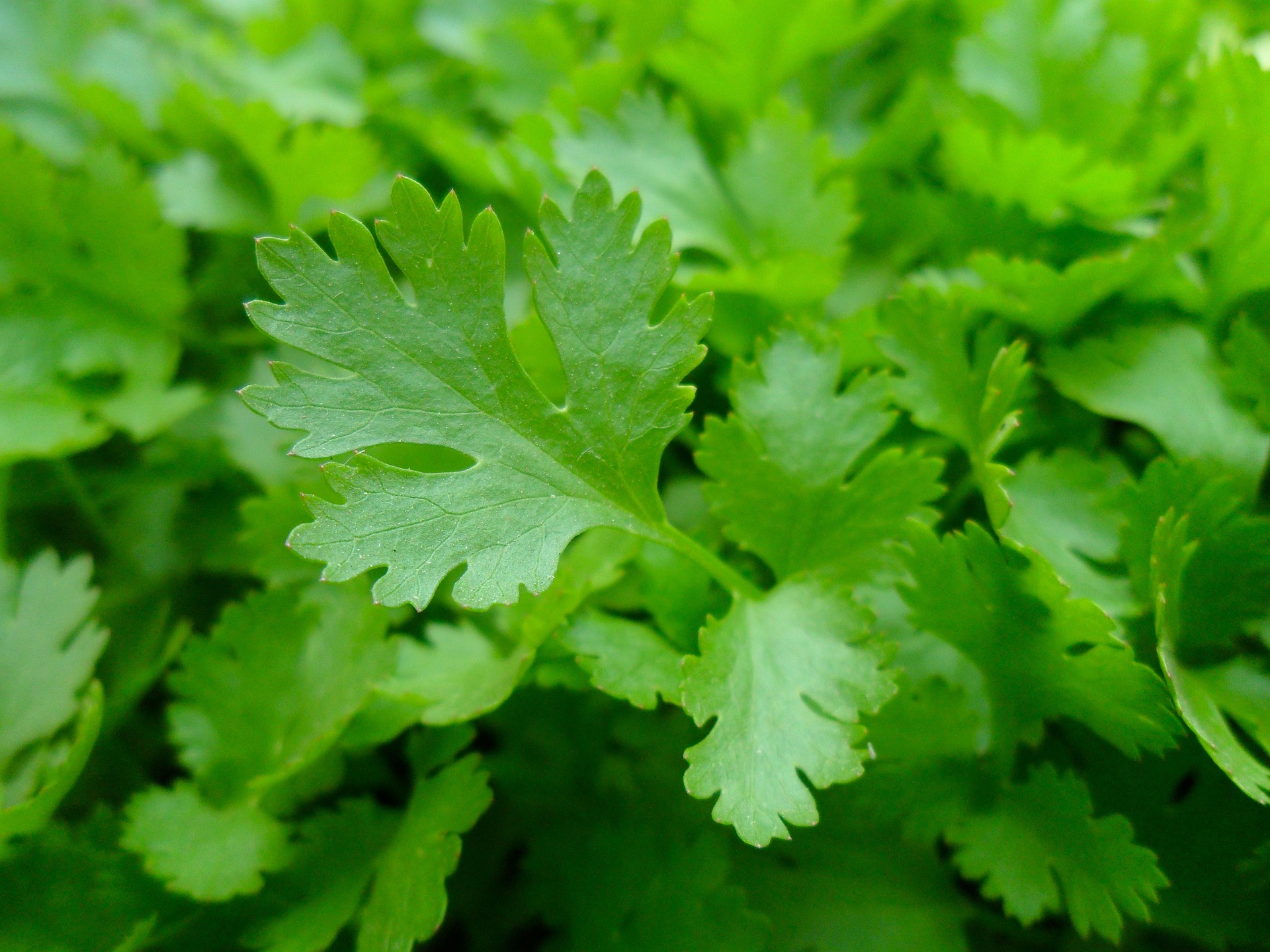
Here are some tips for successful early-season gardening, including cold-tolerant herbs and veggies and frost protection strategies.
